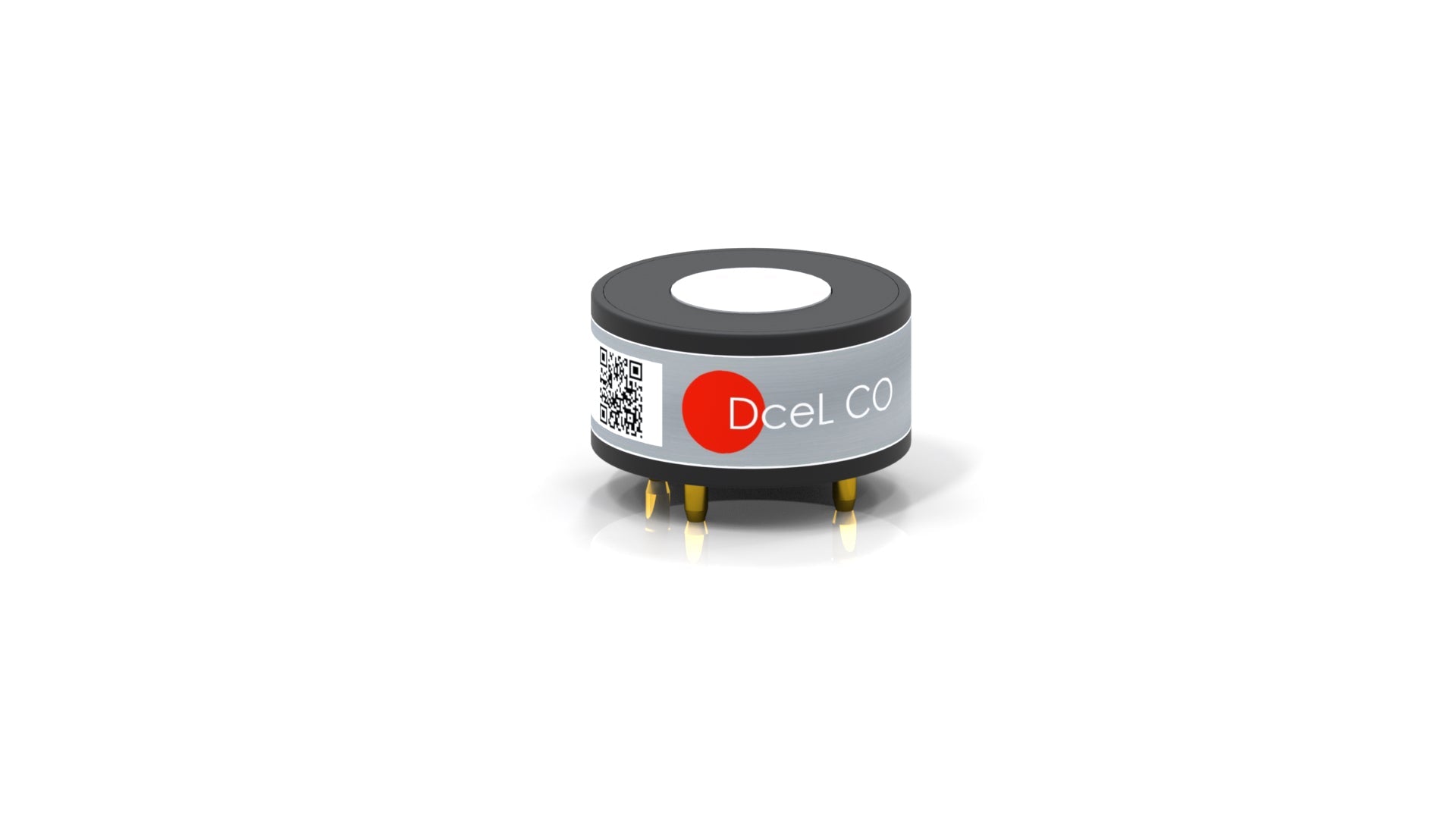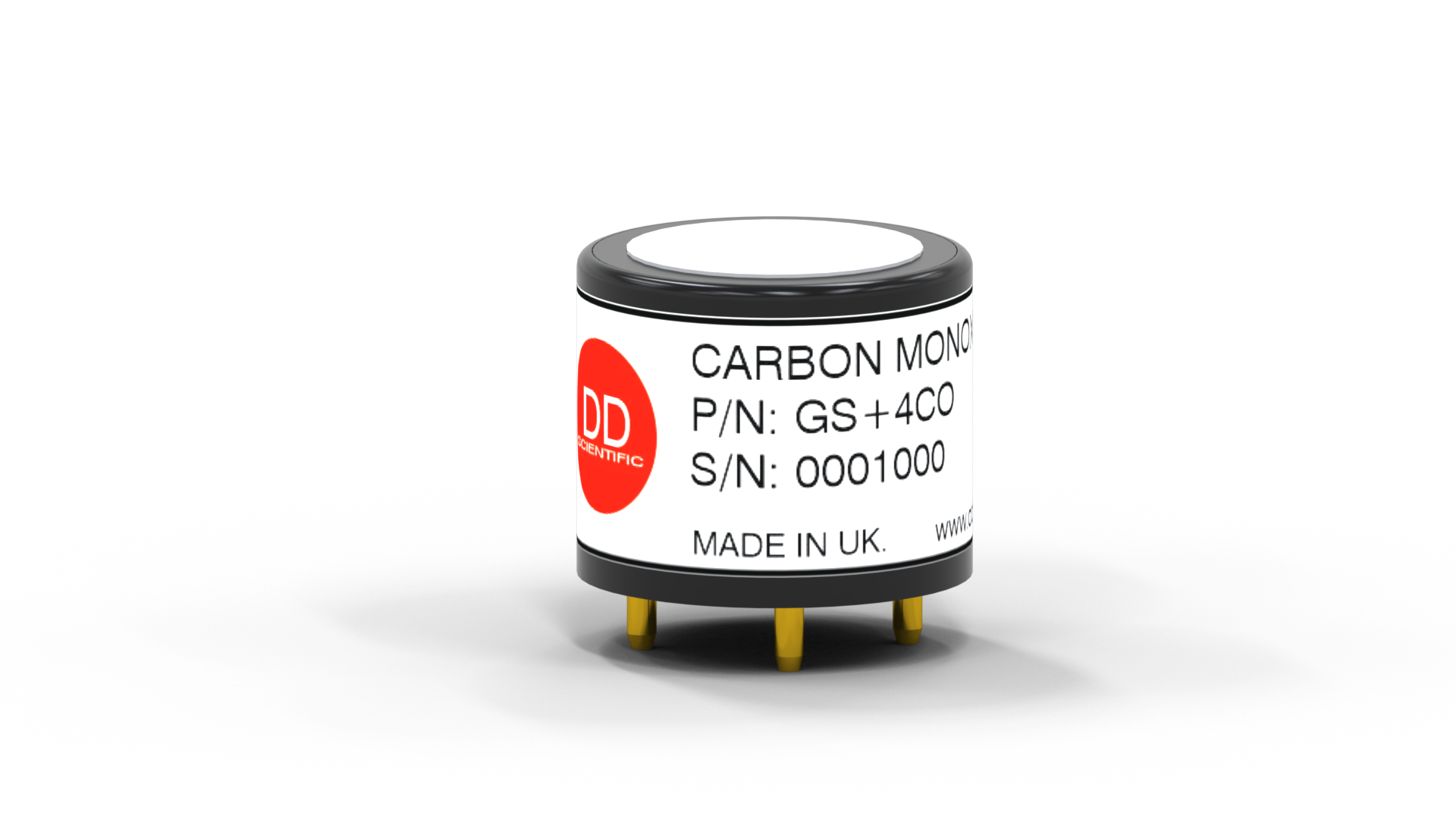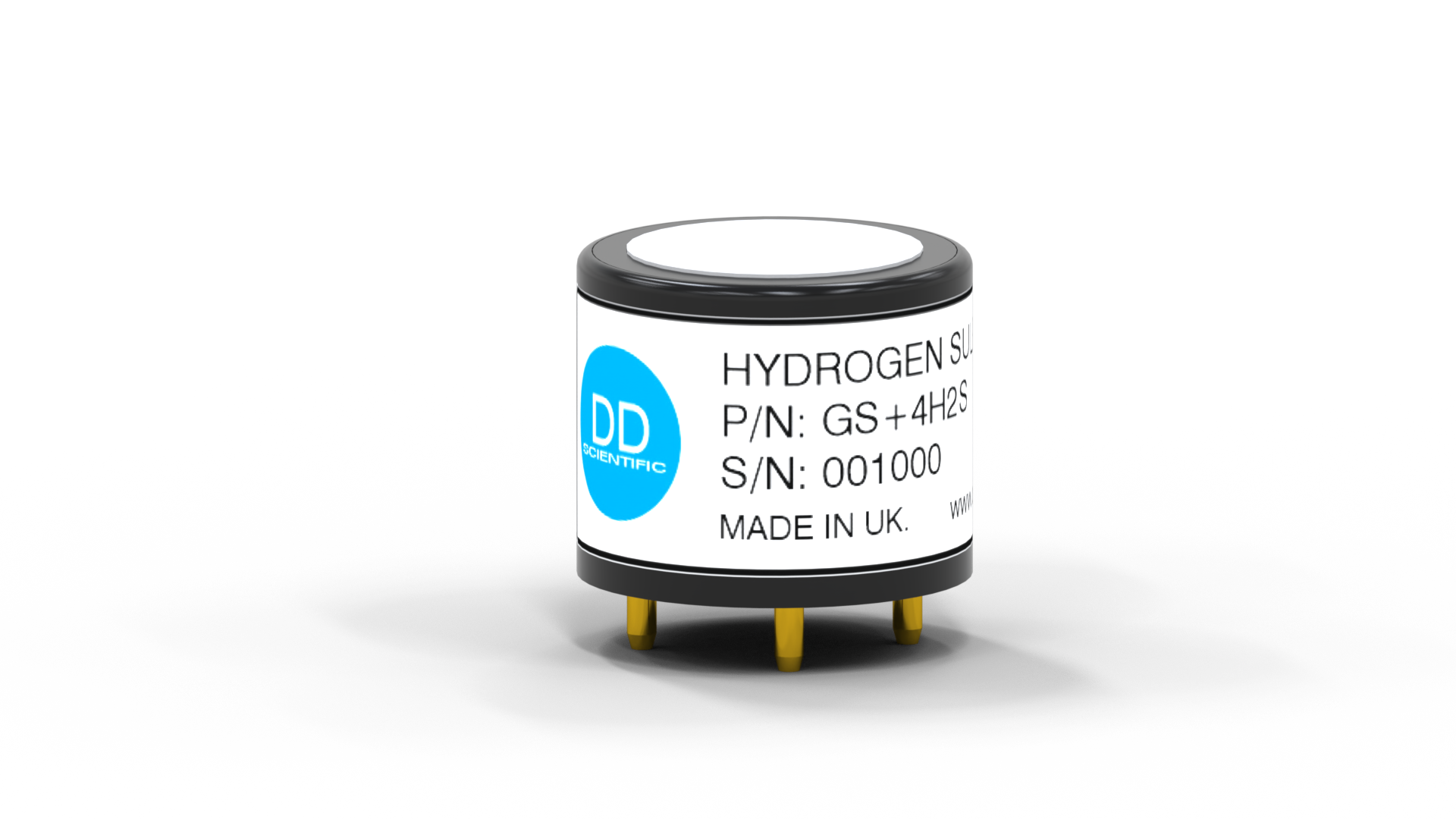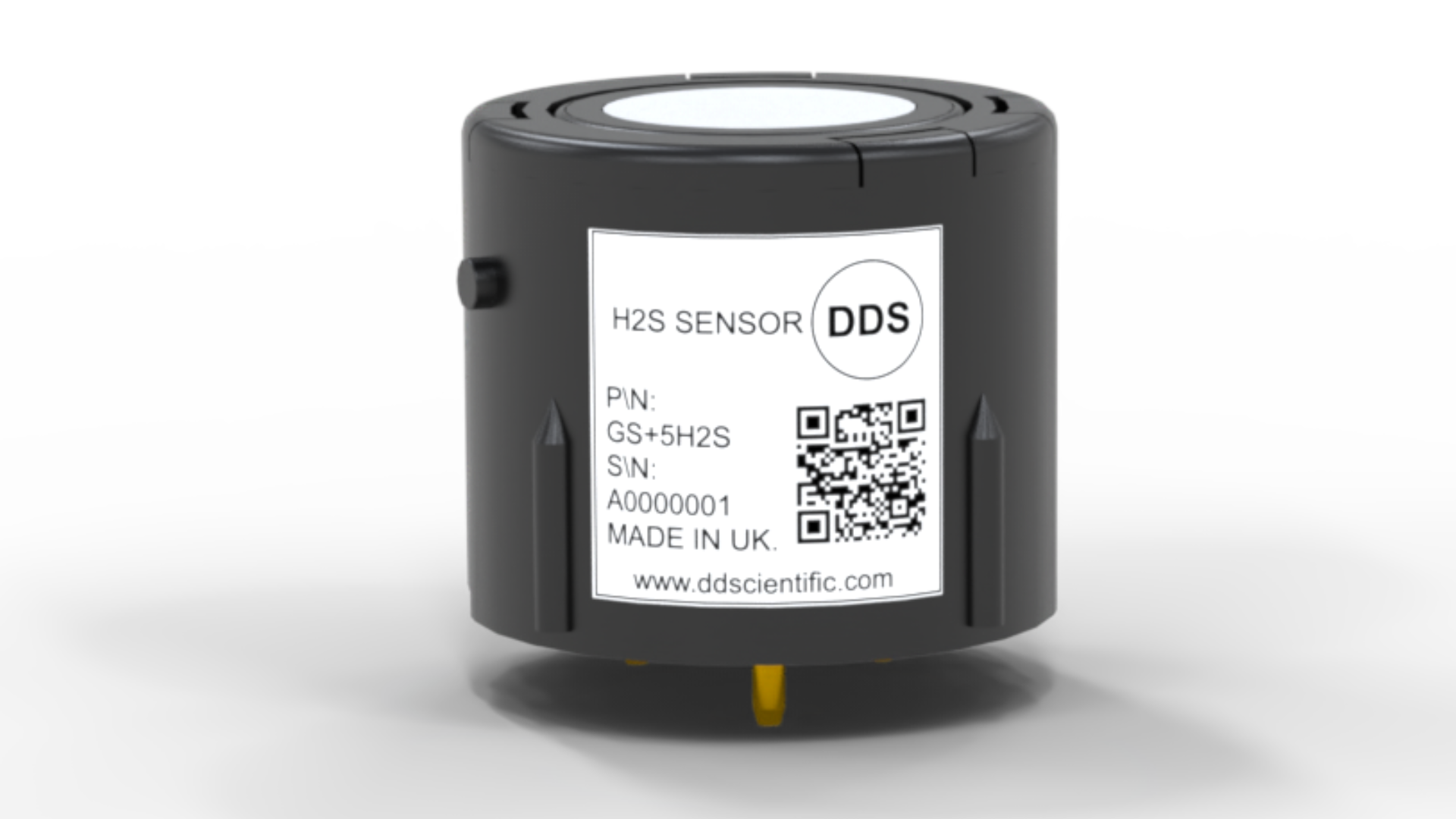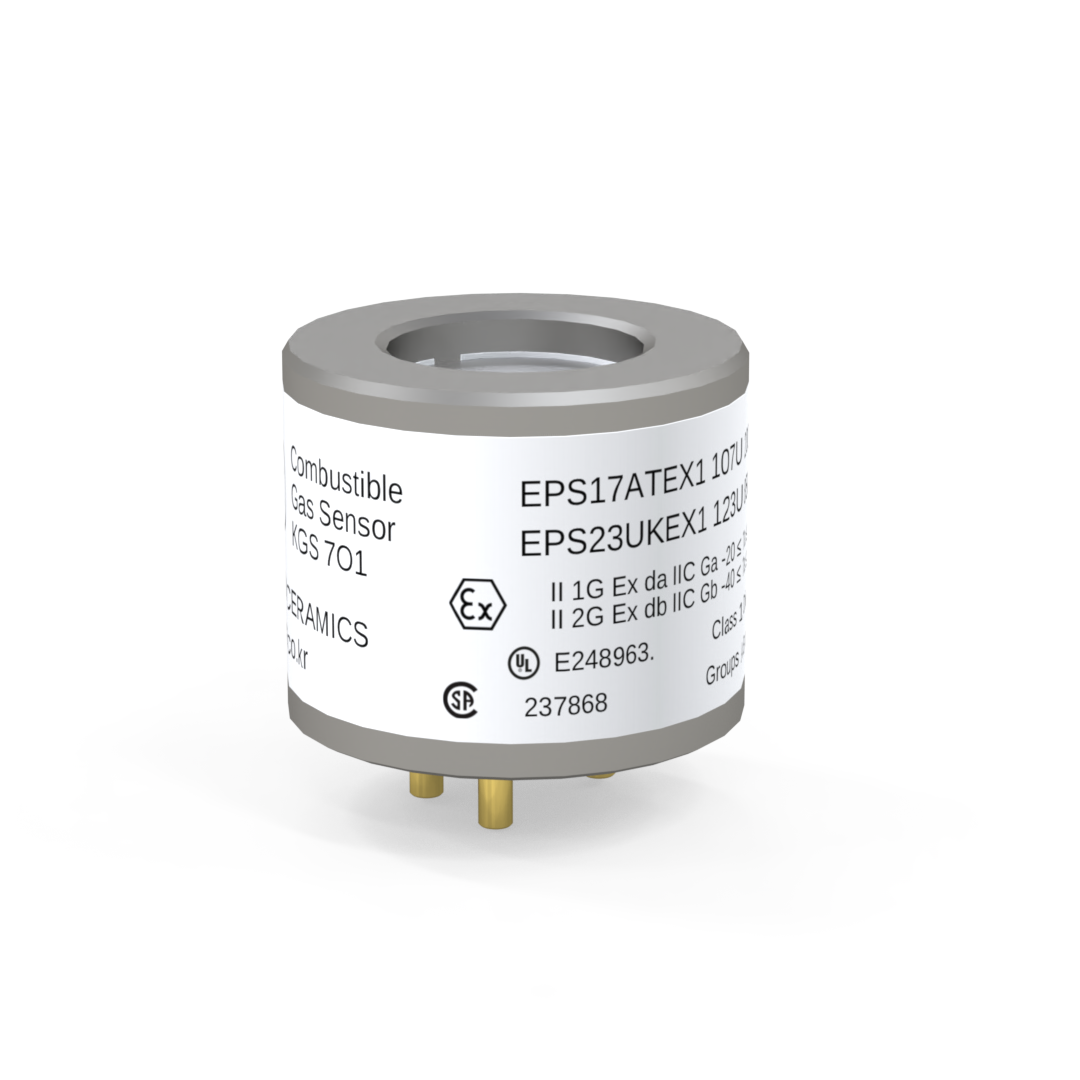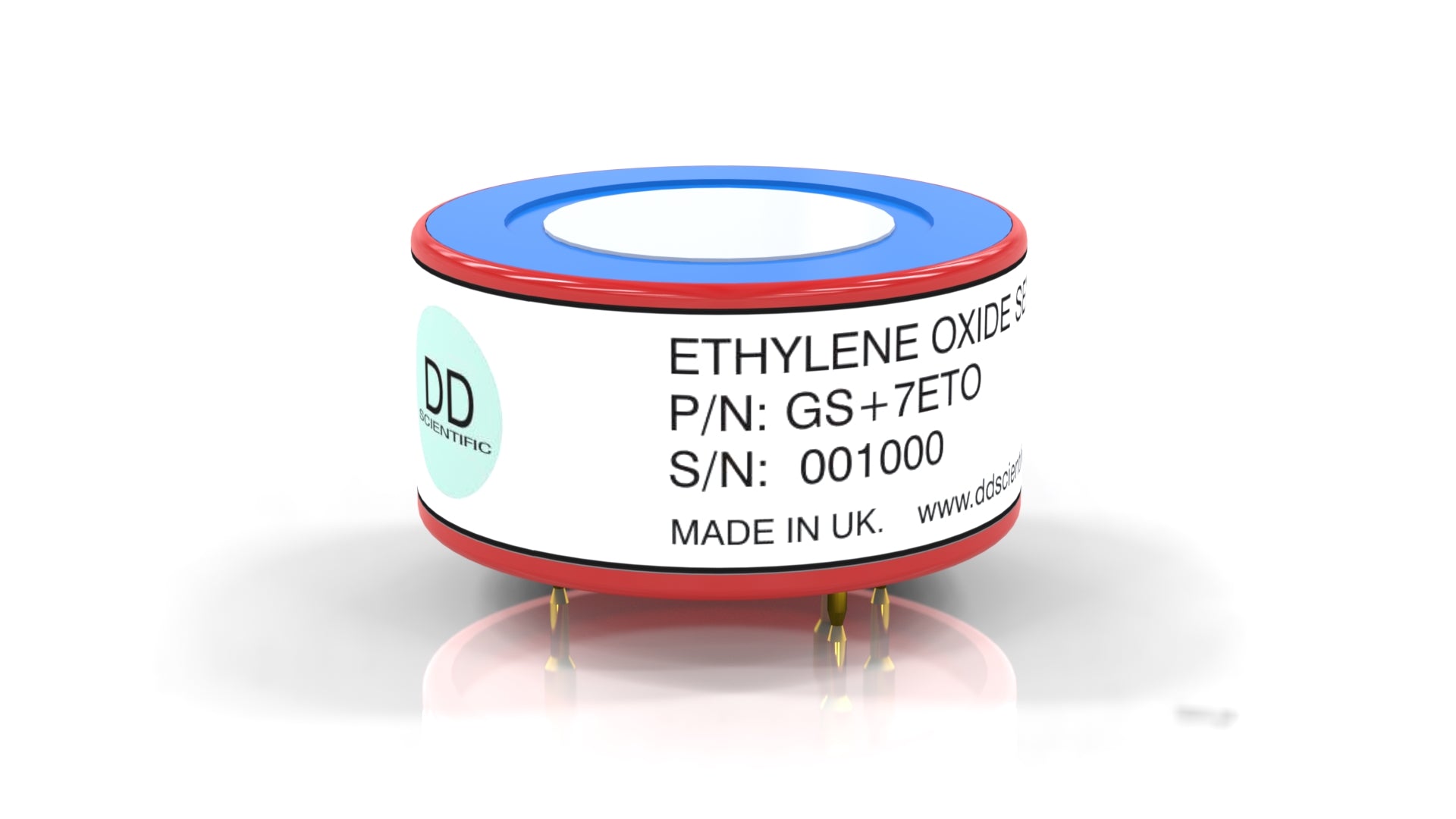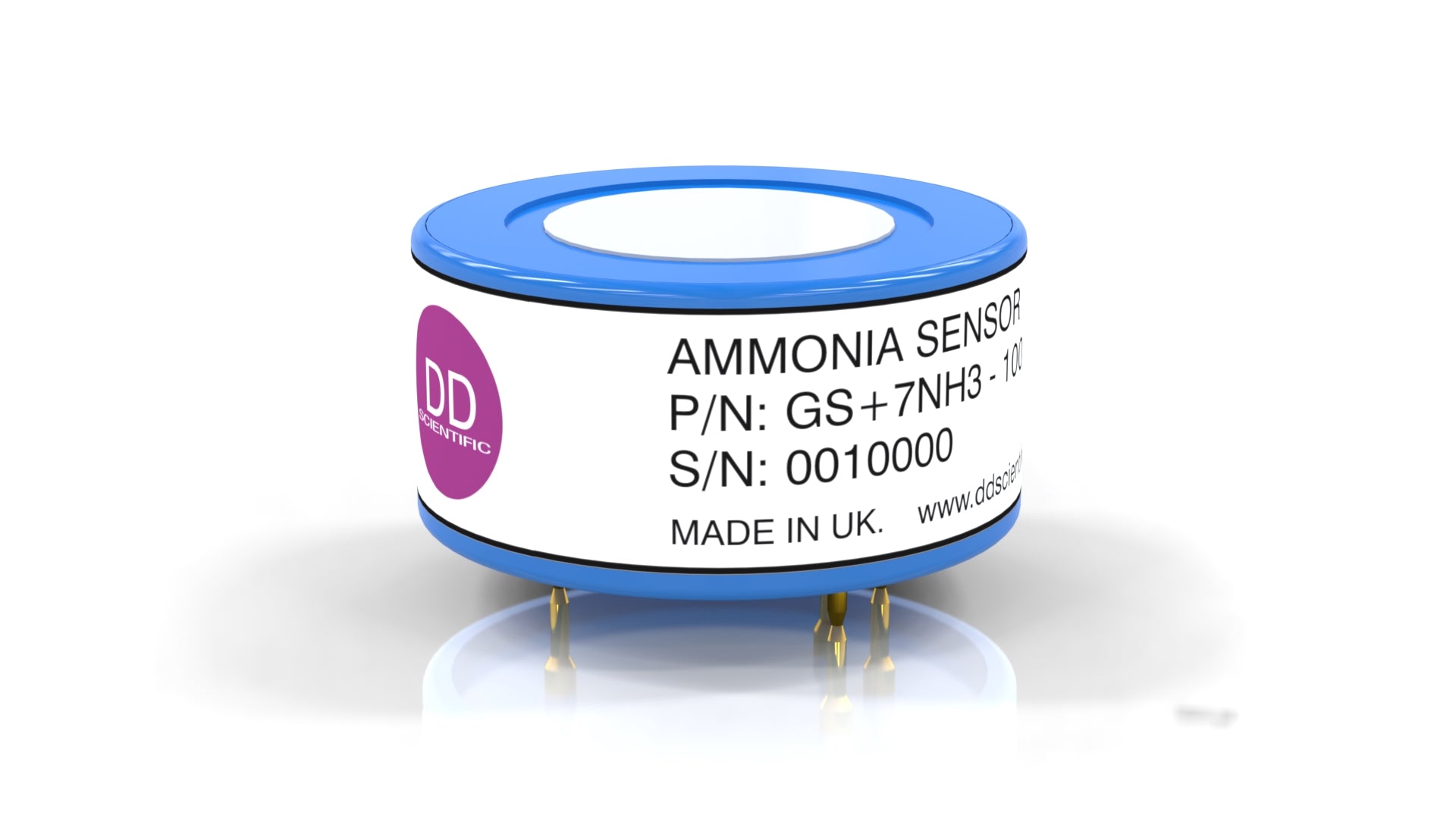Applications for gas monitoring / detection in the Food & Beverage sector include;
Carbon Dioxide (CO2) is commonly used in food and beverage production for carbonation, preservation, and packaging. Monitoring CO2 levels in producting and storage areas helps prevent dangerous buildup that can displace oxygen and pose suffocation risks to workers.
Oxygen (O2) levels are critical in food packaging and storage to maintain product freshness and prevent spoilage. Low oxygen levels can also inhibit the growth of aerobic pathogens and extend the shelf life of perishable foods. Gas monitoring systems track oxygen concentrations to ensure optimal conditions for food preservation and quality. The addition of CO2 to carbonated beverages ensures they maintain their desired fizziness and shelf life.
Ethylene is a natural plant hormone that accelerates ripening and senescence in fruits and vegetables. Monitoring ethylene levels in storage areas helps control ripening processes, prolong shelf life, and minimise food waste. Additionally, monitoring ethylene concentrations in ethylene-sensitive produce helps maintain product quality throughout the supply chain.
Ammonia (NH3) is used in refrigeration systems in food processing facilities and cold storage warehouses. Monitoring ammonia levels is essential for ensuring refrigeration system efficiency and preventing leaks, which can pose health risks to workers and compromise food safety. Early detection of ammonia leaks allows for prompt repairs and mitigates potential hazards.
Carbon monoxide (CO) is a byproduct of incomplete combustion and can be present in areas where gas-fired equipment is used for cooking or heating. Monitoring CO levels ensures safe working conditions for employees and prevents exposure to harmful concentrations, which can cause symptoms ranging from headaches and nausea to unconsciousness and death.
Hydrogen sulfide may be present in wastewater treatment processes or in environments where organic matter decomposes, such as in breweries or wineries. Monitoring H2S levels helps ensure worker safety and prevent exposure to toxic concentrations that can cause respiratory irritation and other health problems.
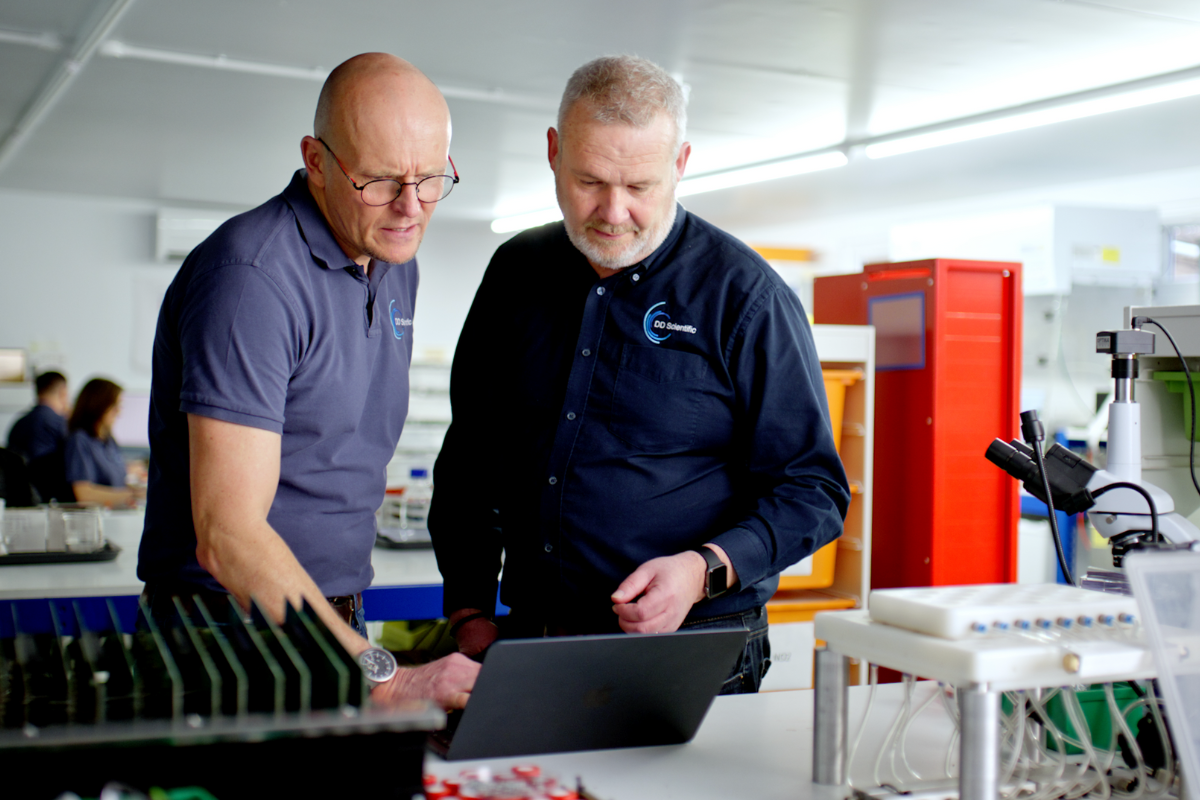
Food & Beverage Sector Gas Sensors Application Support
We work with a broad range of customers in the Food & Beverage Sector Gas Sensors sector and will be glad to discuss your specific needs, be it integration of DDS sensors or outlining the benefits our sensors can bring to your instruments.
To talk to one of our application specialists get in touch today.



